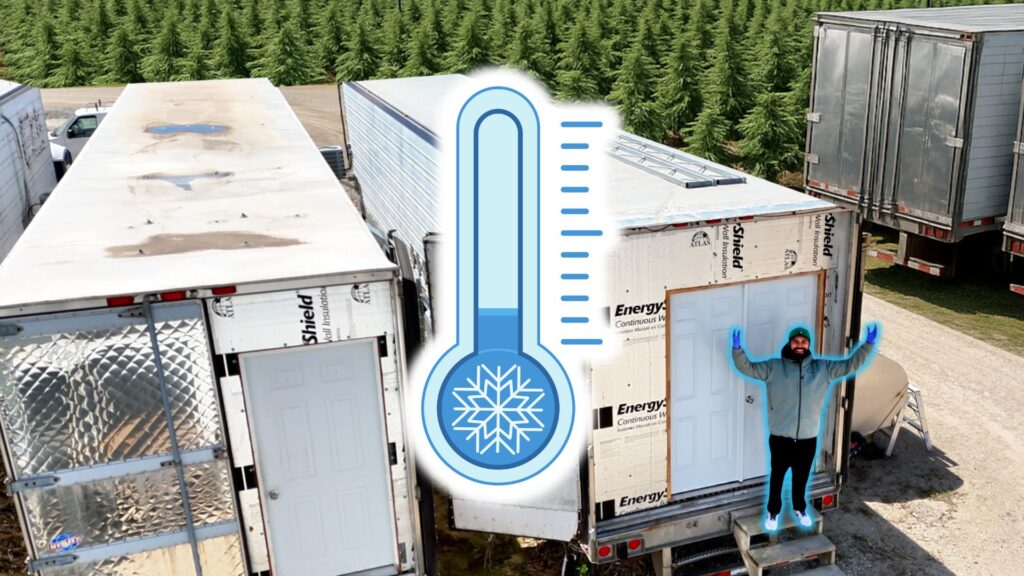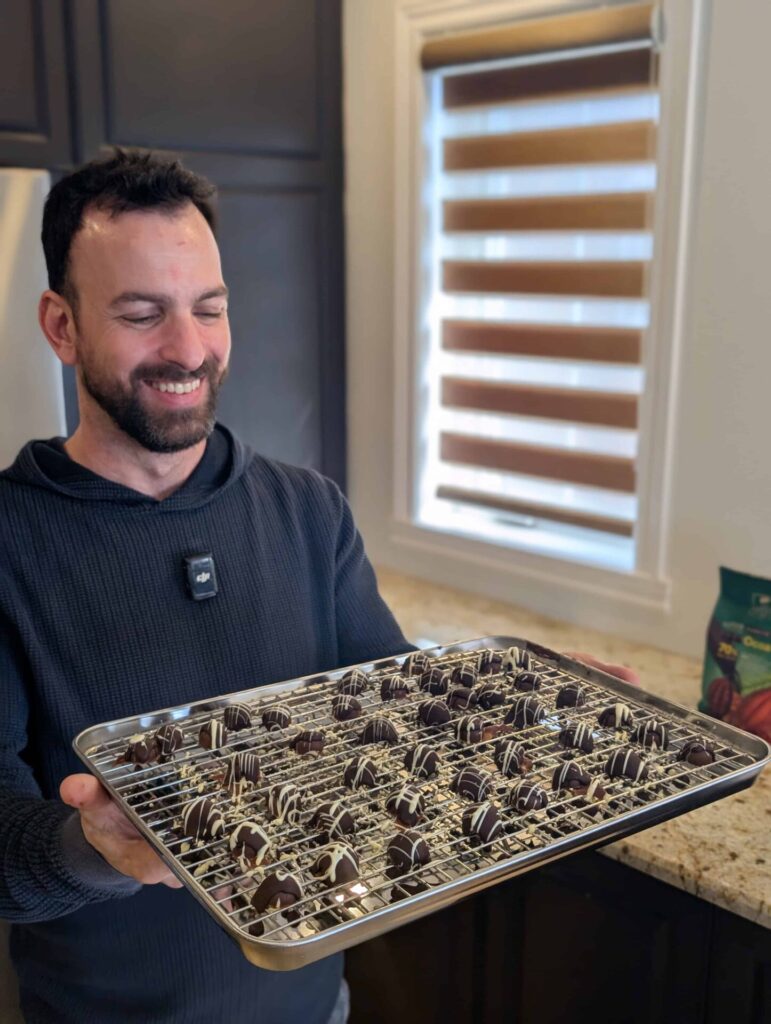One of the most common questions we get from new operators is: “What temperature should I keep my hash lab at?” It’s a good question — and the answer depends on a few factors, including operator comfort, strain type, and the balance between stickiness and separation.
My Take
I like my lab in the high 40s Fahrenheit (around 8 to 9°C). I’ve run rooms colder, even down into the 30s (≤1°C), but found that it’s just not worth it unless you’re dealing with particularly tricky cultivars.
In my case, there’s also a personal reason: I had a motorcycle accident that damaged the cartilage in my knee, and when things get too cold, my knee gets stiff and painful. Working long hours in a 34°F (1°C) room isn’t just uncomfortable, it’s borderline punishing. That’s why I stick with 45 to 48°F (7 to 9°C). It’s cold enough to keep the trichome heads from getting too sticky, but warm enough that I can work comfortably for long periods.
I’ve also seen some operators adjust the temperature based on cultivar. For example, some Haze strains and others with thin trichome cuticle walls tend to melt quickly and may need to be handled at lower temperatures to reduce loss.
So while 45 to 48°F (7 to 9°C) is a good all-around range, you might find that certain strains require dialing it down a little more.
DIY Cooling Tips
One of the most cost-effective ways for a home hashmaker to cool a room to proper hash lab temperatures is by using a Coolbot or the dual-Inkbird thermostat hack. Both options let you trick a standard window AC unit or mini-split into cooling below its factory-set minimum temperature (usually 60°F or so).
- The Coolbot works by spoofing the AC’s temperature sensor, making it think the room is warmer than it actually is.
- The dual-Inkbird hack, which we’ve personally tested, uses two thermostats: one to control power to the AC and another with its probe taped to the AC’s internal coil to prevent freeze-up. It’s a cheaper but slightly more DIY alternative.
If you’re working in a basement, garage, or small outbuilding, either of these methods can help you hit that 40–48°F sweet spot without the need for expensive commercial cooling systems.
What Others Are Saying
While we haven’t conducted formal scientific testing, our internal experience and observations suggest that once a room gets colder than 60°F (16°C), resin tends to become less sticky and easier to work with. That has become our basic rule of thumb: your hash lab should always be kept below 60°F (16°C) — and from there, you can fine-tune based on personal preference and strain behavior.
Here’s what others in the industry say:
- Frenchy Cannoli often advocated for working as cold as possible, suggesting temperatures in the mid-30s (∼2°C) for handling resin.
- Dry ice techs and freeze dryer operators sometimes work in rooms at or just above freezing, 33 to 36°F (0 to 2°C), especially during the packaging or sieving process.
- Forum members on Future4200 and Instagram hashmakers vary widely, with some favoring 38°F (3°C) and others staying around 50°F (10°C) for longer work sessions.
Final Thoughts
If you’re just getting started, try running your hash lab at around 48°F (9°C) and see how it feels. You can always adjust down a few degrees if you’re working with sticky cultivars or up a little if comfort becomes a concern.
Just remember: under 60°F (16°C) is the baseline. Below that, you’ll find your sweet spot based on your body, your strains, and your workflow.
We’ll be updating this post as we get more feedback from the community. Let us know what temp you run your lab at — and if you’ve dialed in specific ranges for different strains.
Stay frosty.











